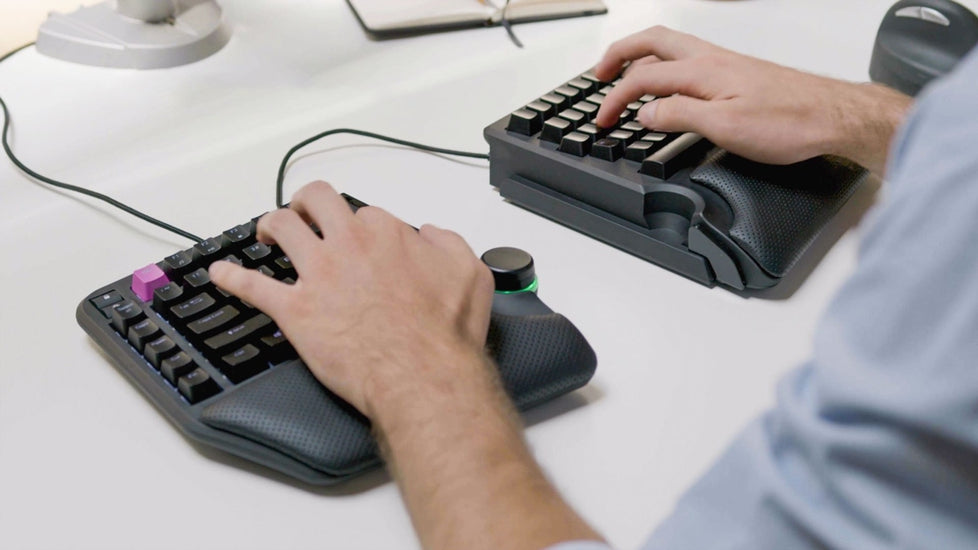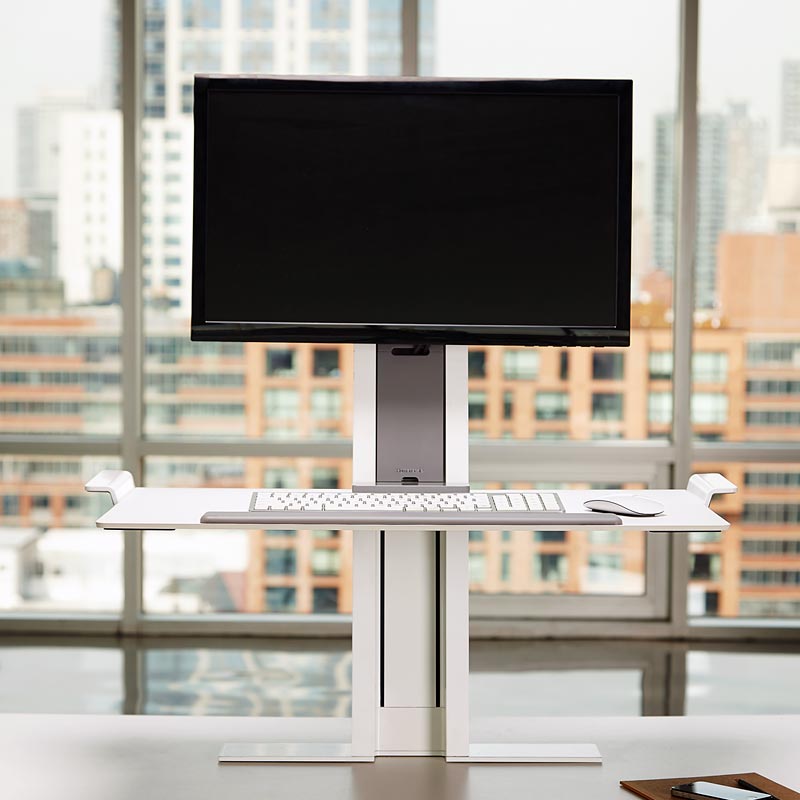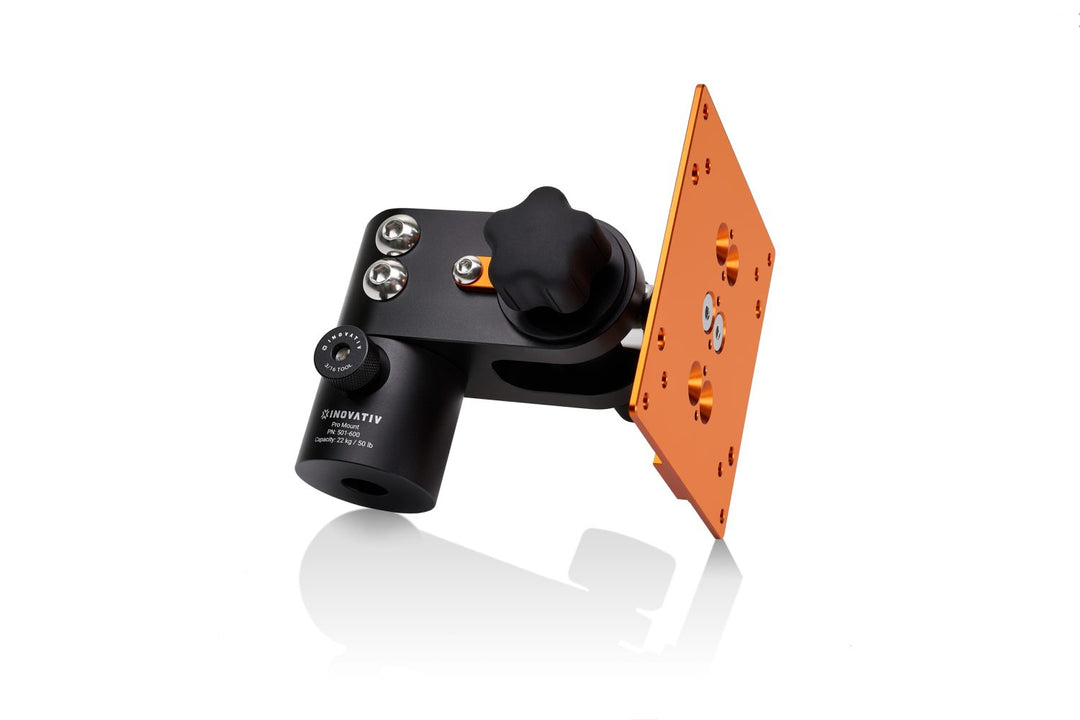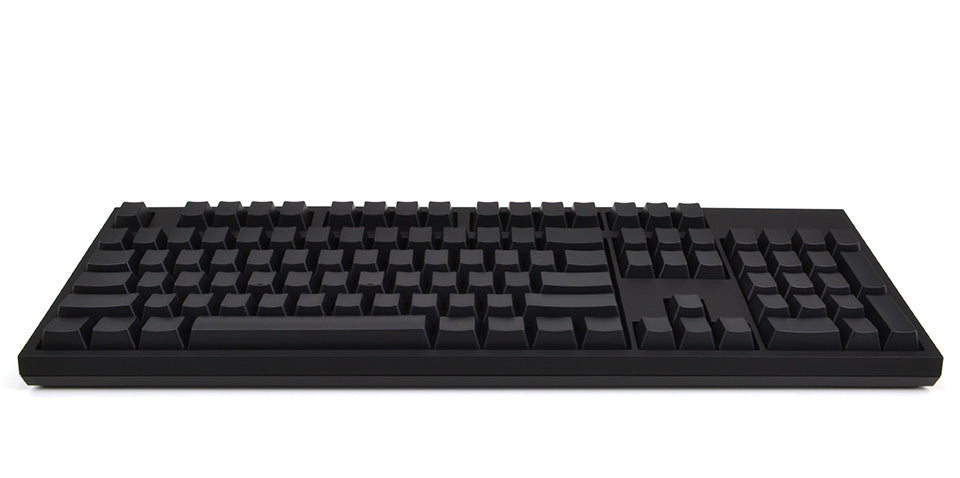Reshaping Today's Work Space: 6 Sit-Stand Work Tips For The Millennial Who Can't Sit Still

It's 2018. The era of fast-paced technology is at its peak. We'll zero in on some practical home or office concepts work tips for you to follow if you're a millennial finding yourself always itching to stand, pace or move when working. Discover our new sit stand monitor stands here.
Millennials have reshaped the workplace. Today, sitting still all throughout your work day is dead. Working in a single, stagnant work space is a dying trend. Taking the majority of today's global work force, millennials (born between 1980 and 2000) form 32% of the US work force. By 2020, the world will be run by millennials as they will comprise 50% of the world's work force. That's a whole lot of millennials taking over a rapidly decreasing number of older workers - the Baby Boomers (born between 1946 and 1964) and the Generation X (born between 1965 and 1980).
And while the older generation of workers are defined by stable, solid work patterns and happy to sit on their desks until it's time to clock out, millennials, in comparison, are known to move. It's easy to see why - because of technology, high-speed internet, wifi, apps, project management programs and software, Skype (and other VOIP applications), work-integrated CRM, state-of-the-art laptops and desktops, etc., today's working patterns have been redefined by the millennial.
To put simply, millennials have the propensity to move around when working because they are given the tools to do so. Why work in an enclosed cubicle when you can take your MacBook with you when you travel, hook it up to your hotel's wifi or AirBnB booking? And due to this "moving about" phenomena, millennials seem like they can't seem to sit still. It's a challenge in terms of productivity, focus and motivation.
But hey, who's complaining? The older folks can take a lesson or two from young millennials. Not only is standing and moving often recommended for working, it's medically proven to improve posture, decrease eye strain, neck pain and other serious diseases such as obesity and cancer.
So in this era where working from stagnant spaces are no longer the norm, how do we ensure that we stay productive despite the constant need to move? As experts in ergonomic solutions for home and work (and having quite a few millennials in our team), Jestik has compiled a comprehensive list of 10 tips and tricks to keep you productive every day, while on the move.
#1. Invest in good equipment. You can't go wrong with the right ergonomic equipment. Be it as simple as a monitor riser or a full sit-stand workstation, ensure that you're sitting and standing, pacing and moving at work with premium equipment.
#2. Make sure what you're buying is truly ergonomic. Just to join the work-life balance hype, some brands boast "ergonomic" on their packages but, in reality, are really not. Before deciding to purchase, research a bit of information and background of the product, check product reviews and review its specs.
#3. What's trendy isn't always what's healthy. With so much buzz about healthy work space solutions, it's kind of difficult to decipher which one will really benefit you health-wise. For example, that minimalist desk at Ikea is something you've had your eye on for a while may not be as beneficial to you if you don't take a closer look. The right desk must give you the right space, leg room, elbow room and must accommodate all your work essentials. Buy the wrong desk, no matter how trendy, will give you plenty of health and work issues in the future.
#4. Good posture can save your life. Wherever you might be working - in a coffee shop, by the pool or in your AirBnB in the middle of Bali, always maintain good posture. Making your own work space isn't always easy but you can always take your posture with you wherever you go, right? Productive days start with good posture - try to make sure that your monitor or laptop is an arm's length away, your wrists are positioned straight, your hands positioned at or below your elbow level and make sure your chair's height is adjusted so your knees are about the same level as your hips. Good posture also helps your body easily transition between sitting to standing.
#5. Good lighting - often overlooked but extremely important. Whipping out your laptop anywhere, anytime is a millennial's typical work behavior. However it's best to always find good lighting when working. What you want, at the core, is to protect your eyes while you are working. For example, one great tip is for you to place your monitor to the side of a light source and never directly underneath it.
#6. Accessories, accessories, accesories. Minimalist trends have been a big hit in recent years. And it's become more than a concept for interior design, it's become a whole lifestyle. Less is more, they say. However, this may not always be applicable if you want to make the most out of your work day while moving about, make sure you complement your work essentials with handy accessories.
We understand that it's hard to imagine ergonomics and millennials co-existing with each other, and yes, millennials have plenty to learn from the older generations. Age and experience can never be replaced with equipment, no matter how sophisticated they are. However, with the right mindset and the right tools, millennials can stay on top of their game in the sit-stand work environment.










